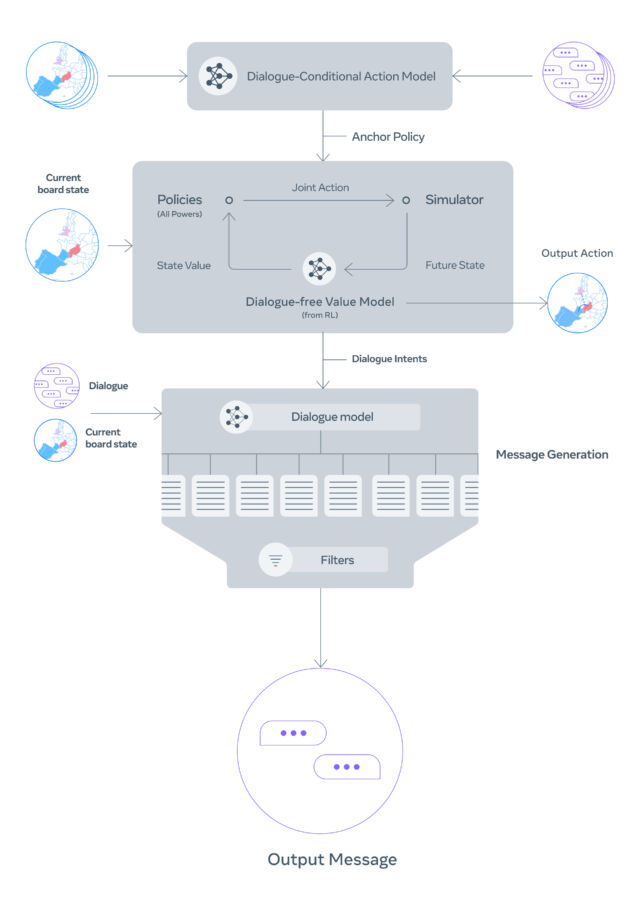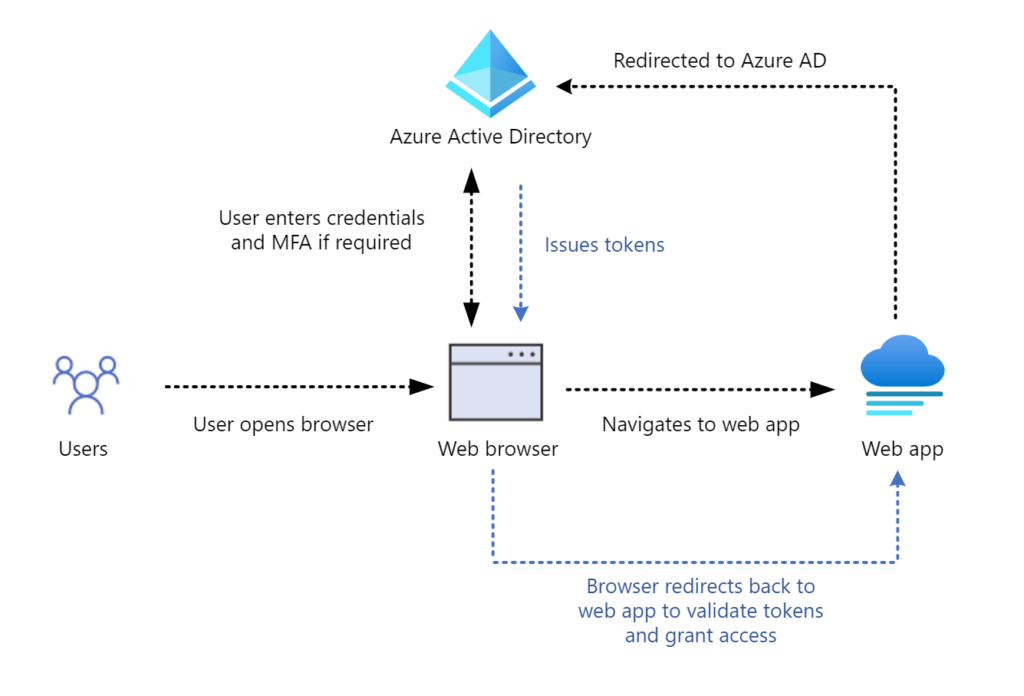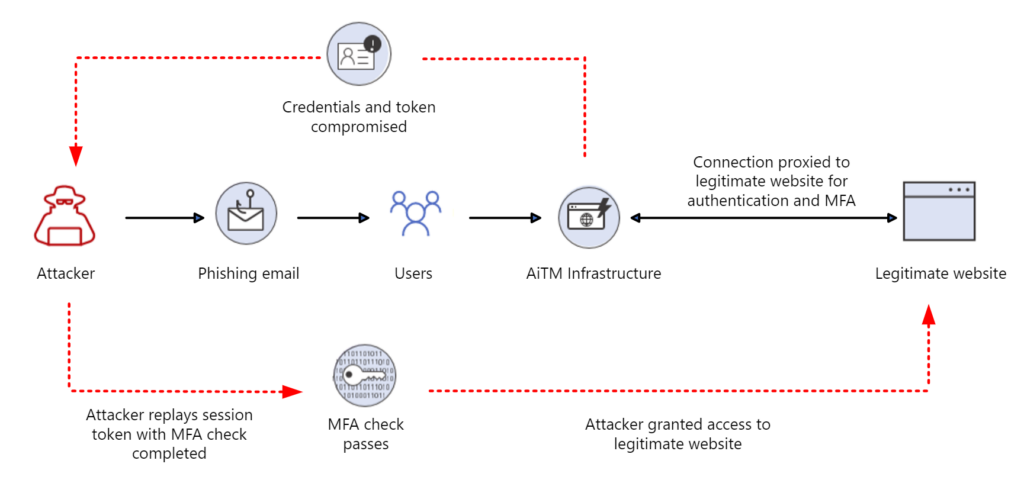The organisers of the Smash World Tour have today announced that they are being shut down after Nintendo, “without any warning”, told them they could “no longer operate”.
The Tour, which is run by a third party (since Nintendo has been so traditionally bad at this), had grown over the years to become one of the biggest in the esports and fighting game scene. As the SWT team say:
In 2022 alone, we connected over 6,400 live events worldwide, with over 325,000 in-person entrants, making the Smash World Tour (SWT, or the Tour) the largest esports tour in history, for any game title. The Championships would also have had the largest prize pool in Smash history at over $250,000. The 2023 Smash World Tour planned to have a prize pool of over $350,000.
That’s all toast, though, because organisers now say “Without any warning, we received notice the night before Thanksgiving from Nintendo that we could no longer operate”. While Nintendo has yet to comment—we’ve reached out to the company (UPDATE: see comment at bottom of post)—Nintendo recently teamed up with Panda to run a series of competing, officially-licensed Smash events.
While this will be a disappointment to SWT’s organisers, fans and players, it has also placed the team in a huge financial hole, since so many bookings and plans for the events had already been made. As they say in the cancellation announcement:
We don’t know where everything will land quite yet with contracts, sponsor obligations, etc — in short, we will be losing hundreds of thousands of dollars due to Nintendo’s actions. That being said, we are taking steps to remedy many issues that have arisen from canceling the upcoming Smash World Tour Championships — Especially for the players. Please keep an eye out in the coming days for help with travel arrangements. Given the timeline that we were forced into, we had to publish this statement before we could iron out all of the details. All attendees will be issued full refunds.
The move blindsided the SWT team who had believed, after years of friction, they were starting to make some progress with Nintendo:
In November 2021, after the Panda Cup was first announced, Nintendo contacted us to jump on a call with a few folks on their team, including a representative from their legal team. We truly thought we might be getting shut down given the fact that they now had a licensed competing circuit and partner in Panda.
Once we joined the call, we were very surprised to hear just the opposite.
Nintendo reached out to us to let us know that they had been watching us build over the years, and wanted to see if we were interested in working with them and pursuing a license as well. They made it clear that Panda’s partnership was not exclusive, and they said it had “not gone unnoticed” that we had not infringed on their IP regarding game modifications and had represented Nintendo’s values well. They made it clear that game modifications were their primary concern in regards to “coming down on events”, which also made sense to us given their enforcement over the past few years in that regard.
That lengthy conversation changed our perspective on Nintendo at a macro level; it was incredibly refreshing to talk to multiple senior team members and clear the air on a lot of miscommunications and misgivings in the years prior. We explained why so many in the community were hesitant to reach out to Nintendo to work together, and we truly believed Nintendo was taking a hard look at their relationship with the community, and ways to get involved in a positive manner.
Guess not! In addition to Nintendo now stipulating that tournaments could only run with an official license—something SWT had not been successful applying for—the team also allege that Panda went around undermining them to the organisers of individual events (the World Tour would have been an umbrella linking these together), and that while Nintendo continued saying nice things to their faces, Panda had told these grassroost organisers that the Smash World Tour was definitely getting shut down, which made them reluctant to come onboard.
You can read the full announcement here, which goes into a lot more detail, and closes with an appeal “that Nintendo reconsiders how it is currently proceeding with their relationship with the Smash community, as well as its partners”.
UPDATE 12:16am ET, November 30: A Nintendo spokesperson tells Kotaku:
Unfortunately after continuous conversations with Smash World Tour, and after giving the same deep consideration we apply to any potential partner, we were unable to come to an agreement with SWT for a full circuit in 2023. Nintendo did not request any changes to or cancellation of remaining events in 2022, including the 2022 Championship event, considering the negative impact on the players who were already planning to participate.
UPDATE 2 1:51am ET, November 30: SWT’s oragnizers have disputed Nintendo’s statement, issuing a follow-up of their own which reads:
We did not expect to have to address this, but Nintendo’s response via Kotaku has been brought to our attention:
“Unfortunately after continuous conversations with Smash World Tour, and after giving the same deep consideration we apply to any potential partner, we were unable to come to an agreement with SWT for a full circuit in 2023. Nintendo did not request any changes to or cancellation of remaining events in 2022, including the 2022 Championship event, considering the negative impact on the players who were already planning to participate.”
We are unsure why they are taking this angle, especially in light of the greater statement and all that it contains.
To reiterate from the official statement:
“As a last ditch effort, we asked if we could continue running the Championships and the Tour next year without a license, and shift our focus to working with them in 2024. We alluded to how the last year functioned in that capacity, with a mutual understanding that we would not get shut down and focus on the future. We were told directly that those times were now over. This was the final nail in the coffin given our very particular relationship with Nintendo. This is when we realized it truly was all being shut down for real. We asked if they understood the waves that would be made if we were forced to cancel, and Nintendo communicated that they were indeed aware.”
To be clear, we asked Nintendo multiple times if they had considered the implications of canceling the Championships as well as next year’s Tour. They affirmed that they had considered all variables.
We received this statement in writing from Nintendo shortly after our call:
“It is Nintendo’s expectation that an approved license be secured in order to operate any commercial activity featuring Nintendo IP. It is also expected to secure such a license well in advance of any public announcement. After further review, we’ve found that the Smash World Tour has not met these expectations around health & safety guidelines and has not adhered to our internal partner guidelines. Nintendo will not be able to grant a license for the Smash World Tour Championship 2022 or any Smash World Tour activity in 2023.”
To be clear, we did not even submit an application for 2023 yet, the license application was for the 2022 Championships (submitted in April). Nintendo including all 2023 activity was an addition we were not even expecting. In our call that accompanied the statement, we asked multiple times if we would be able to continue to operate without a license as we had in years past with the same “unofficial” understanding with Nintendo. We were told point blank that those “times are over.” They followed up the call with their statement in writing, again confirming both the 2022 Championships and all 2023 activity were in the exact same boat.









